You might have seen many guys with a great upper body and big pecs paired with chicken legs because of tiny calves. Well, it can feel very frustrating because calves are hard to grow. If you have less-than-impressive calves, they can be a product of bad/poor genetics.
Even if you have deficient calves genetics, your calf muscles still need your attention and a little effort. This article is for you if you want to transform your skinny calves into big and swole. In this article, we’ll explain some strategies to overcome genetic obstacles from your calf-development journey. But before this, let’s start with the basic understanding of calf muscles.
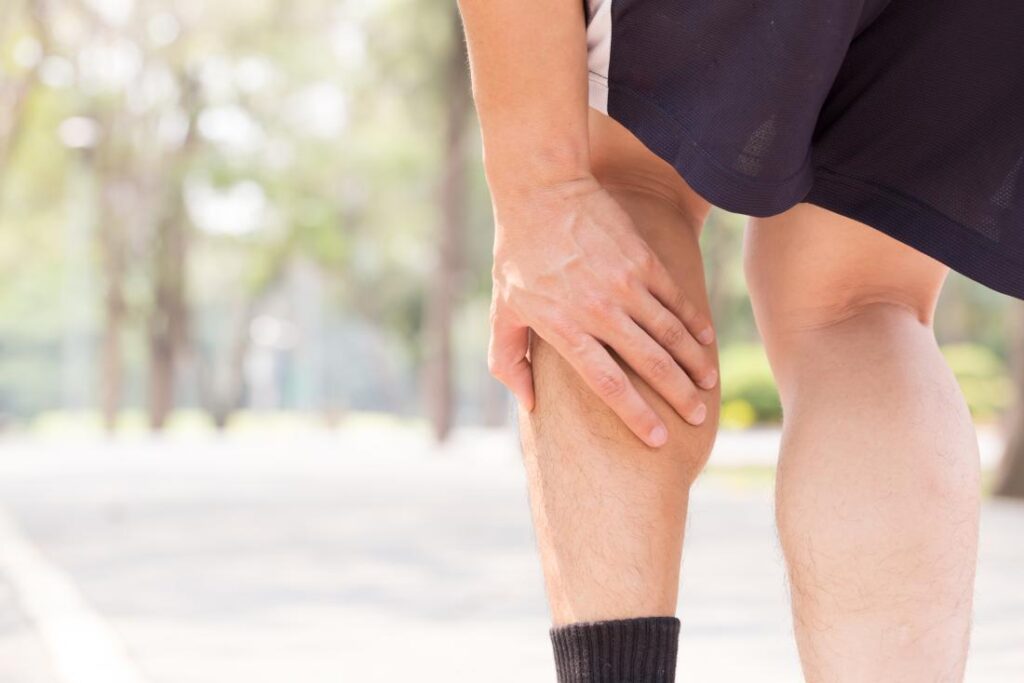
A Little About the Anatomy of Calf Muscles:
There are two types of calf muscles: gastrocnemius and soleus.
- The gastrocnemius appears in the form of a bulge that we see at the back of the lower leg. The lateral head and medial head are the two parts of the gastrocnemius, giving it the “diamond” shape. The rounded shape of your calf is because of the gastrocnemius.
The flat soleus muscle fibre runs underneath the gastrocnemius. As it is located under the visible muscle (gastrocnemius), it is not visible.

Both the gastrocnemius and the soleus are responsible for knee movement, ankle joint movement, and knee stabilization. The calf muscles are responsible for pulling up your heels during running or walking, allowing you to move forward.
How Often Should You Train Your Calves?
Do you know your calf muscles take a lot of time to build? But what is the reason behind this? It is because every time you walk, run, or jump, you use your calf muscles (the gastrocnemius and the soleus) repetitively. Therefore, your stubborn calves take time to grow and become bigger. You can only build your calves stronger when you completely break them down.
Calves take time… When you walk or run, your calf muscles support you throughout the day. Your calf muscles are made of slow-twitch muscle fibres, which provide you with long-lasting energy and enable long endurance activity. Twitch means how often and how fast you can move your muscles.
You can train your calves by different exercises and workouts. You will get results when you train your calves with a long duration, slower reps, and more volume. As you stand and walk every day, you should train your calves more frequently than other body parts. You won’t get results if you put all your weight on the top of your knees during calf training. Therefore, calf training requires much more time than training the other body parts.
Frequency is very important for growing impressive calves because calves are the lagging muscle groups that require more training. When you stand, walk, or run, these calf muscles hold you upright throughout the day. So, a significant amount of volume is required to train your calves:
Volume = Reps x Sets x Weight
So, if you have genetically weaker calves, you need to train your calf 1-3 times per week to get better results. If your goal is to make your calves impressive, you need to train them 4-5 times per week for 10-15 minutes.
Reasons Your Calves are not Growing:
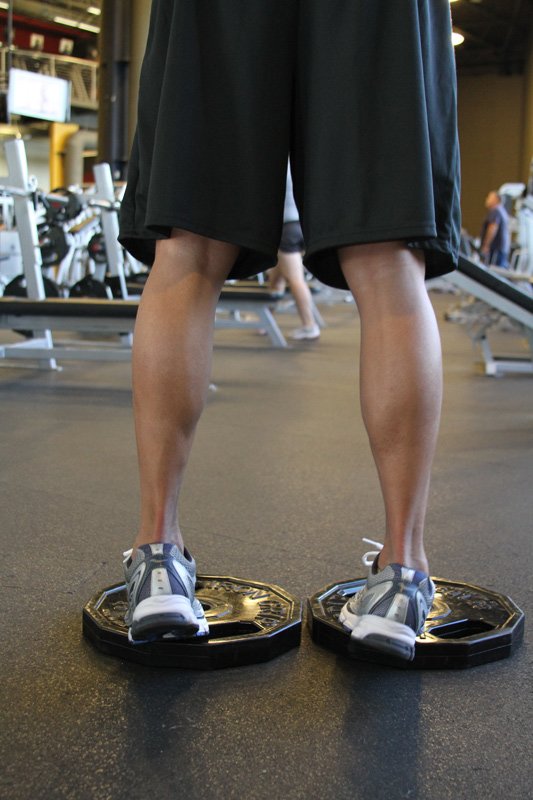
Poor and bad genetics highly influence your calves’ shape and their growth. But what does it mean to have genetically weaker calf muscles? It means that you have received a limited number of muscle cells and short muscle fibers from your ancestors, and you’re unable to pump up your calves regardless of different exercises and training programs.
Genetically weaker calves can have two major reasons:
1. Low Androgen Receptor Density
Androgen receptors are the areas of muscles that are activated when testosterone attaches to them. Low androgen receptor density is responsible for weaker calves. In most men, androgen receptor density is lowest in the lower body and highest in the upper body. The lowest density in the lower body means you have the absolute lowest density in your calves.
Low androgen receptor density makes it quite challenging for testosterone to exert its effect on your calves, and as a result, it becomes difficult to grow your calves no matter how well you train them.
2. Anatomical Disadvantage
If you have genetically skinny calves, you’ll have shorter calf muscles and long calf tendons. The shorter the calf muscles and the longer the calf tendons, the more challenging it is for your calves to grow. These anatomical differences do not let your calves grow because you have less muscle to work with, making it difficult for your calf muscles to “pop out.”
It is still possible to grow your calves even with bad genetics. But if you’re unable to grow them, there can be the following reasons behind it:
3. Making Typical Mistake in the Training Program
One of the most common mistakes for not growing calves is using the wrong approach in a training program. You might have seen many sportsmen paying no attention to their calf muscles, or they train their calves at the end of training – that’s a big mistake. It is because you do not have the energy at the end of the exercise to train your calves. Therefore, pay attention to the way of training and correct your motions to grow impressive calves.
4. Overloading
You’re well aware of the proverb “Too much water drowns the miller.” Not maintaining the range of motion and lifting too heavy weights is not good for calf development. Never forget to maintain a full range of motion and establish a mind-muscle connection to contract them with every repetition.
5. Not Changing Your Training Routine
Genetically weaker muscles stop responding to your workouts after some time. Try new training techniques like drop sets, supersets, and new exercises that can shock your calf muscles, resulting in their growth.
How to Grow Your Calves Quicker?
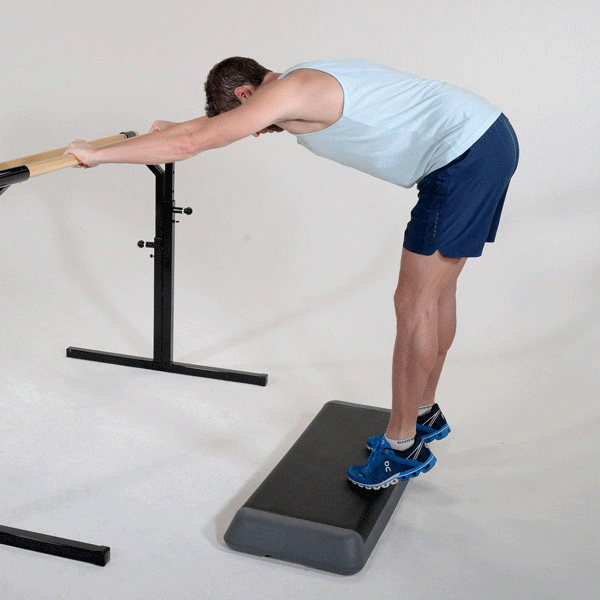
Here are some of the calf exercises to give a wake-up call to your stubborn calves:
1. Standing Calf Raise
This exercise requires 10-15 reps to target gastrocnemius to achieve its full contraction. You can put a comfortable weight on your shoulders, or also use a standing calf machine. Stand in such a position on the calf machine that your shoulders are under the shoulder pads. Start pushing weights up and straighten your legs. Next, start standing on your toes by slowly raising your heels from the stepper. Rest on your toes for a few seconds. Place your heels below the stepper, and you’ll observe a stretch in your calves with each set.

2. Seated Calf Raise
This exercise targets deeper soleus muscle and provides thickness to your lower legs. All you have to do is to place your knees below the pads of the machine, followed by positioning the balls of your feet on the raised block. Give a full stretch to your lower leg by raising your heels as high as you can. Hold this position for 1-2 seconds and drift your heels towards the floor. Complete 20 reps to notice better results.

3. Jump Rope
All you need is a skipping rope to target your tibialis anterior muscles, gastrocnemius, and soleus. Jump rope with the maximum number of counts (you can use a timer) paired with a 20 seconds break between rounds. You can tone your calf muscle by jumping rope regularly.
4. Cliffhanger Stairs
Your calves do not just require calf raises; you can also hit your lower leg muscles, train your calves, and improve balance with cliffhanger stairs. All you need is a staircase and walking up the stairs with your heels as high as you can. Walk up and down the stairs for one minute and five rounds to get better calves.
Tips to Boost your Results:
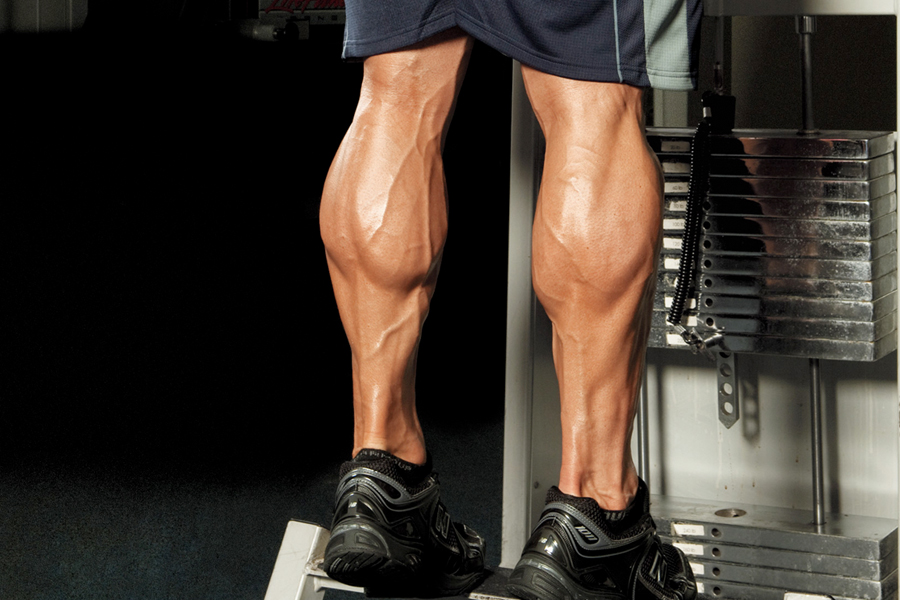
Now you can grow your calves bigger, quicker, and stronger with the following tips:
1. Don’t Favor One Side of your Leg
When you play a sport, you use or favor one side of the body. Neglecting the other leg can prevent the growth of your calf muscles. For this, try different calf exercises for one leg at a time, resulting in equal growth of your calves.
2. Mix Rep Ranges
It is important to make changes to your calf workout because your calves can stop responding to the same exercises.
3. Make Sure You Fully Contract Your Calf Muscles
Full calf contraction helps you maximize the full range of motion. Make sure you fully contract your calf muscles before relaxing them in every rep.
4. Go Barefoot
It is important to work out barefoot to stabilize your body and target your calf muscles. Just make sure to slowly exercise when you’re barefoot in order to prevent any injuries.
Benefits of Having Strong Calves:
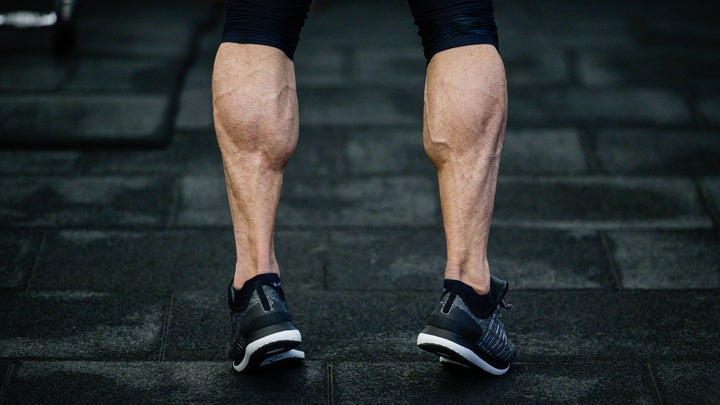
When you take time to grow and strengthen your calves, you can have a healthy and stabilized lower body. Here are some of the top benefits of having strong calves:
1. A Big No To Injuries:
One of the most common injuries in sports is calf pull injury. When you neglect to stretch the lower leg and strengthen it, you become prone to calf pulls. With strong calves, you can prevent the risk and severity of calf injuries.
2. Strong Calves can Increase your Speed:
Running is usually associated with injuries, but if you’re fond of running, you need strong calves to follow your passion.
3. They Stabilize your Feet and Ankle:
Strong calves not only stabilize your feet and ankles but they also ensure you have a proper balance. Now, keep up your muscle symmetry by doing calves raises.
4. They Boost Your Power:
When you jump, run, or walk, your calves help your heel lift. During these activities, you gain power from your gastrocnemius muscles. Strong calves can better target your muscles to jump and run.
The Bottom Line:
Having genetically cursed calves can make you feel unlucky, but you can grow your stubborn calves with some effort. Calf raises and jumping rope can really help you achieve calf development. But stronger calves do not require the number of exercises or reps; they require quality workouts. Also, do not forget to eat a balanced diet along with quality exercises to skyrocket your results.


